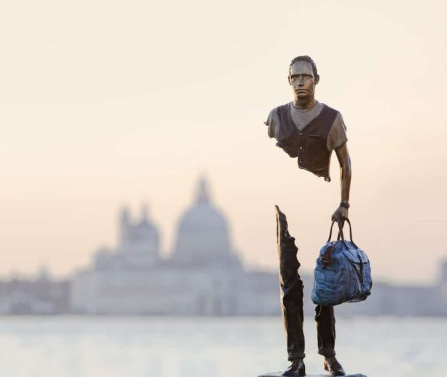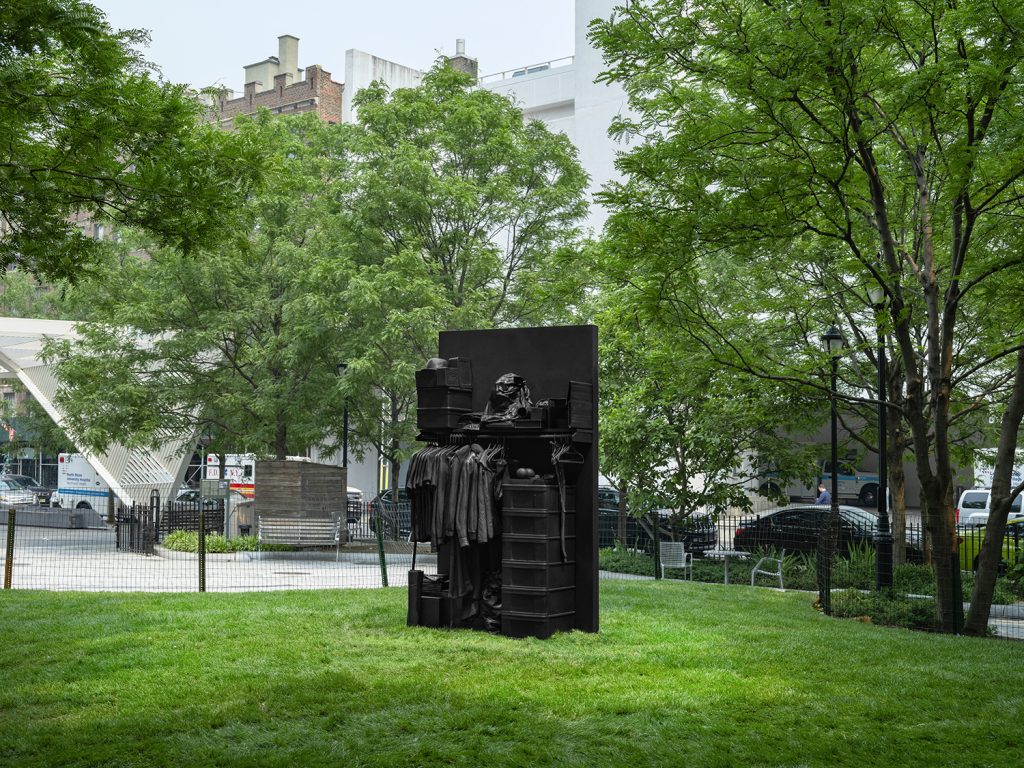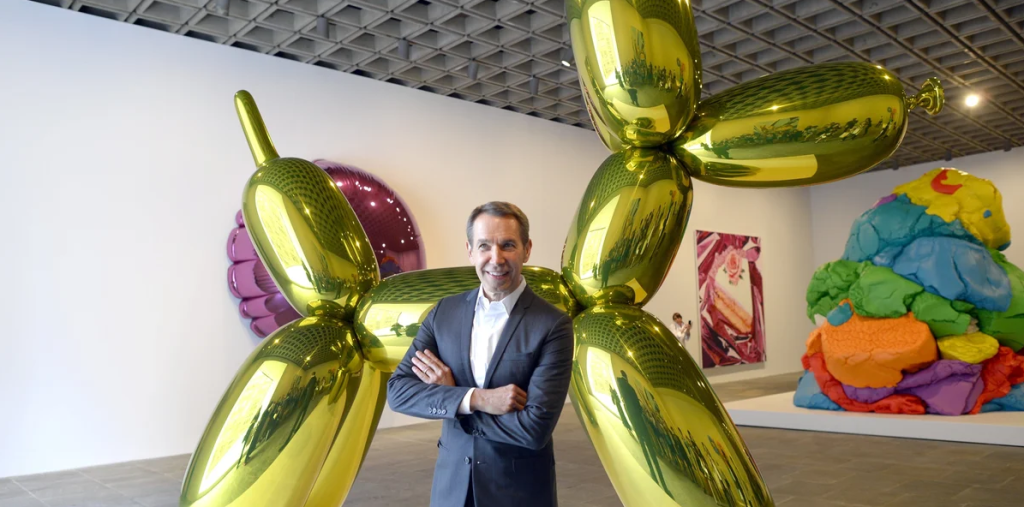The Visual Language of Absence
French-Moroccan sculptor Frances Bruno Catalano is best known for his striking bronze figures with large, deliberate voids carved through the bodies. At first glance, these sculptures appear impossibly incomplete—human silhouettes with entire sections missing, as if carved away by the winds. Yet this absence is the very core of Catalano’s artistic voice. The voids do not represent destruction but speak a symbolic language of longing, displacement, and the spiritual cost of migration. His figures stand upright, walking with determination, suggesting that even in the presence of profound loss, the human spirit continues moving forward.
Migration and Identity
Catalano’s personal experiences deeply inform his work. Having lived between cultures, he understands the emotional weight of leaving one’s homeland. His sculptures reflect this interior landscape: the parts of us that feel left behind, the memories that cannot be carried, and the fracture that occurs when identity stretches across borders. The missing sections in his statues symbolize these intangible losses—heritage, comfort, and familiarity.
The figures often hold suitcases, a recurring motif that reinforces themes of departure. The suitcase becomes more than a physical object; it transforms into a metaphor for the fragments of identity one attempts to carry into a new life. Through this lens, Catalano’s sculptures evoke not only the migrant’s journey but the universal experience of navigating change, belonging, and the longing for home.
The Poetics of Negative Space
One of Catalano’s most compelling artistic choices is his masterful use of negative space. The hollowed-out torsos invite viewers to contemplate what is missing, rather than what is present. In sculpture, negative space traditionally enhances form; in Catalano’s work, it becomes the form itself. His voids act like silent narratives—stories told through absence rather than presence.
This interplay between mass and emptiness invites philosophical questions:
What parts of ourselves disappear when we transition through life?
Which memories anchor us, and which fall away?
How do we define our identity when pieces feel perpetually missing?
The statues thus function as visual poetry, using absence as a metaphor for the emotional landscapes we rarely articulate but deeply feel.
Human Resilience in Fragmentation
Despite their fragmented bodies, Catalano’s figures convey remarkable resilience. They walk forward—upright, composed, resolute. Their movement suggests survival, perseverance, and a journey toward meaning despite trauma or separation. Rather than portraying despair, Catalano expresses the strength found within vulnerability.
The interplay of bronze, a traditionally strong material, with the fragility implied by missing sections further reinforces this theme. Bronze resists time and weather; these sculptures, though broken, endure. They embody the message that even incomplete individuals carry dignity and purpose.
A Contemporary Reflection on the Human Condition
Catalano’s statues resonate strongly in today’s world, where migration, cultural hybridity, and questions of identity shape global conversations. His art extends beyond physical form to engage spiritual, emotional, and sociopolitical layers. It asks viewers to reflect on their own experiences of loss and transformation, whether through physical migration or internal transitions.
For art enthusiasts, collectors, and historians, Catalano’s sculptures offer powerful commentary on the modern human condition. They remind us that identity is fluid, shaped by both what we hold and what we lose.


